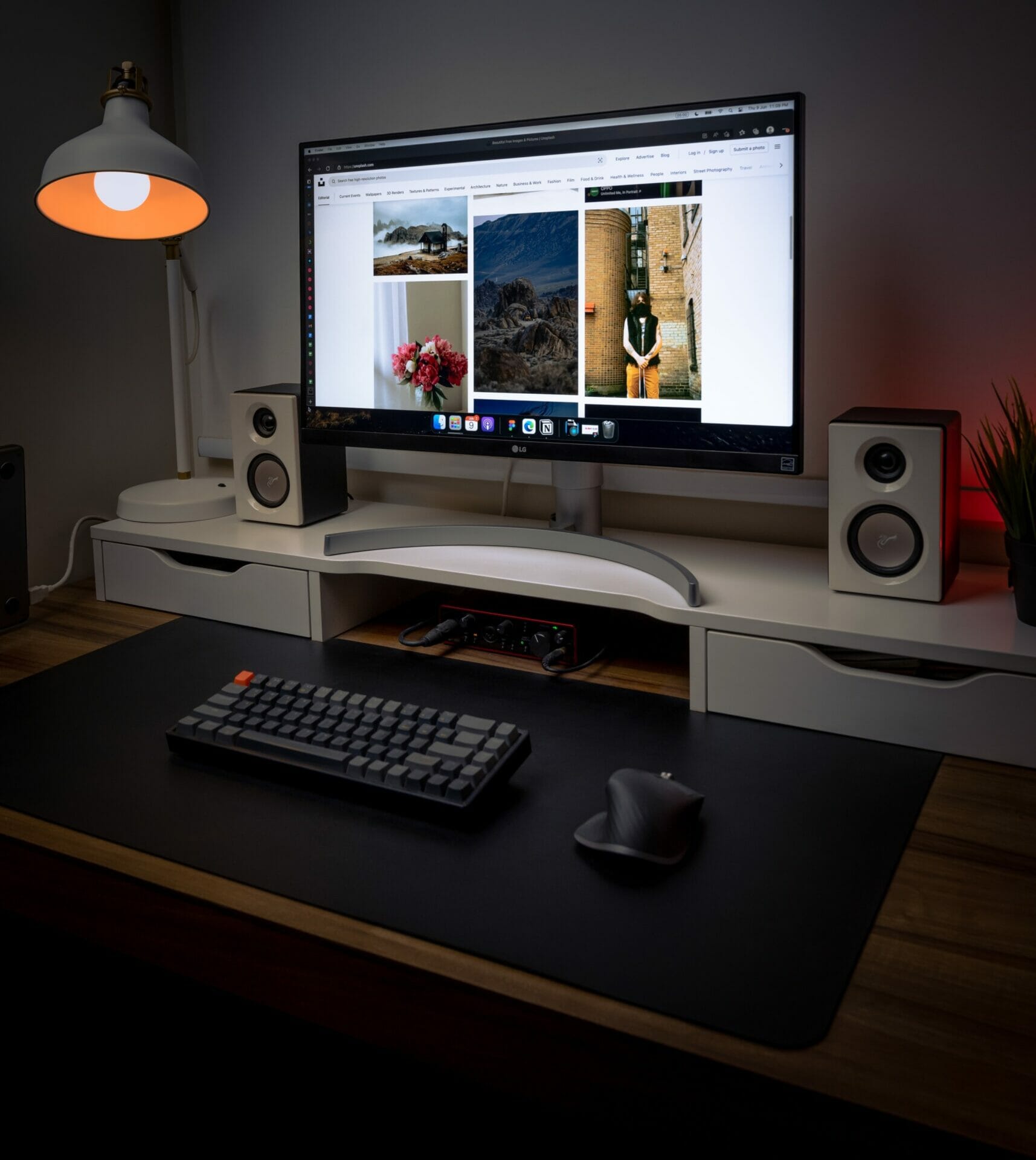Tired of being tied down by the chains of traditional keyboards? It’s time to break free and unleash your typing prowess with a wireless keyboard that will revolutionize your computing experience. Say hello to flexibility, convenience, and a whole new level of ergonomic comfort.
In this all-inclusive guide, we’ll walk you through the step-by-step process of connecting your wireless keyboard to your computer, ensuring a stress-free setup that will leave you wondering why you didn’t make the switch sooner. So, get ready to cut the cord and embrace the wireless revolution!
Choose the Right Wireless Keyboard
Before we delve into the technicalities, it’s essential to choose the right wireless keyboard for your needs.When it comes to selecting the perfect wireless keyboard, there are a few key factors to consider. By choosing wisely, you can enhance your typing experience, increase comfort, and ensure optimal compatibility with your computer. Here’s a breakdown of what to look for:
Keyboard Layout:
Consider the layout that suits your needs best. Whether you prefer a standard layout or an ergonomic design that promotes a more natural hand position, finding a keyboard that matches your typing style is crucial for long-term comfort and efficiency.
Key Travel and Feedback:
Pay attention to the key travel distance and feedback provided by the keyboard. Some people enjoy the satisfying click of mechanical keys, while others prefer the quieter response of membrane keys. Experiment and choose the one that offers the right tactile feedback for your preferences.
Ergonomic Design:
Look for a keyboard that prioritizes ergonomics, with features such as a curved or split layout, adjustable height, and wrist support. These design elements can help alleviate strain and prevent discomfort during long typing sessions.
Battery Life:
Check the estimated battery life of the wireless keyboard. Longer battery life means less frequent battery changes or recharging, ensuring uninterrupted workflow and minimizing inconvenience.
Connectivity Options:
Determine the connectivity options available. Most wireless keyboards use either Bluetooth or require a USB receiver. Ensure that your computer supports the chosen connectivity method to avoid compatibility issues.
Opt for a keyboard that aligns with your preferences and enhances your typing experience.
Prepare Your Computer
To ensure a smooth setup process, make sure your computer is ready to connect with your wireless keyboard. Here’s what you need to do:
Check Compatibility:
Verify that your computer has built-in Bluetooth or a compatible wireless receiver. Most modern computers come equipped with Bluetooth capabilities, but older models may require an external receiver. If needed, purchase a USB receiver compatible with your keyboard.
Update Drivers:
It’s always a good idea to update your computer’s Bluetooth drivers to the latest version. This ensures optimal performance and compatibility.
Connect Your Wireless Keyboard
Now that we are done with the formalities, it’s time to get down to the fun part of connecting your wireless keyboard to the computer. Follow along:
Power On:
Insert batteries into your wireless keyboard and switch it on. Ensure the keyboard is in pairing mode, usually indicated by an LED light blinking.
Enable Bluetooth:
On your computer, navigate to the settings menu and turn on Bluetooth. This can usually be found in the system tray or the control panel.
Pairing Process:
Once Bluetooth is enabled, your computer will scan for available devices. Select your wireless keyboard from the list of detected devices. If prompted, enter any required pairing codes provided with the keyboard.
Confirm Connection:
After successful pairing, your computer will display a message confirming the connection. The LED light on your keyboard may also stop blinking or change color to indicate a successful connection.
Troubleshooting Tips
Sometimes, the wireless keyboard setup process may encounter hiccups. Don’t worry! Here are some troubleshooting tips to help you out:
Check Proximity:
Ensure that your wireless keyboard is within the recommended range of your computer. Sometimes, a weak or disrupted signal can cause connectivity issues. Keep the keyboard in close proximity to the computer to maintain a strong and stable connection.
Verify Battery Life:
If your wireless keyboard suddenly stops working or becomes unresponsive, the first thing to check is the battery life. Low batteries can weaken the signal and lead to connectivity problems. Replace the batteries with fresh ones and see if it resolves the issue.
Restart Devices:
A simple restart can work wonders. Restart both your computer and wireless keyboard to clear any temporary glitches or conflicts that may be hindering the connection. After restarting, attempt the pairing process again to establish a fresh connection.
Update Bluetooth Drivers:
Outdated or incompatible Bluetooth drivers can cause connectivity problems. Visit the manufacturer’s website or your computer’s support page to check for any available driver updates. Install the latest drivers to ensure optimal performance and compatibility.
By following these troubleshooting tips, you can quickly overcome common connectivity issues with your wireless keyboard. Remember, patience is key, and don’t hesitate to reach out to customer support if you require further assistance.
How to Connect Wireless Keyboard to Computer: Final Thoughts
In a nutshell, connecting a wireless keyboard to your computer is a decision you won’t regret. Cut the cord, wave goodbye to cable clutter, and say hello to a clean and organized workspace. With the steps provided in this guide, you’re equipped to enjoy the convenience of wireless connectivity, ergonomic comfort, and a more enjoyable typing experience.
Don’t forget to check out “How to Shutdown MacBook Pro with Keyboard”

